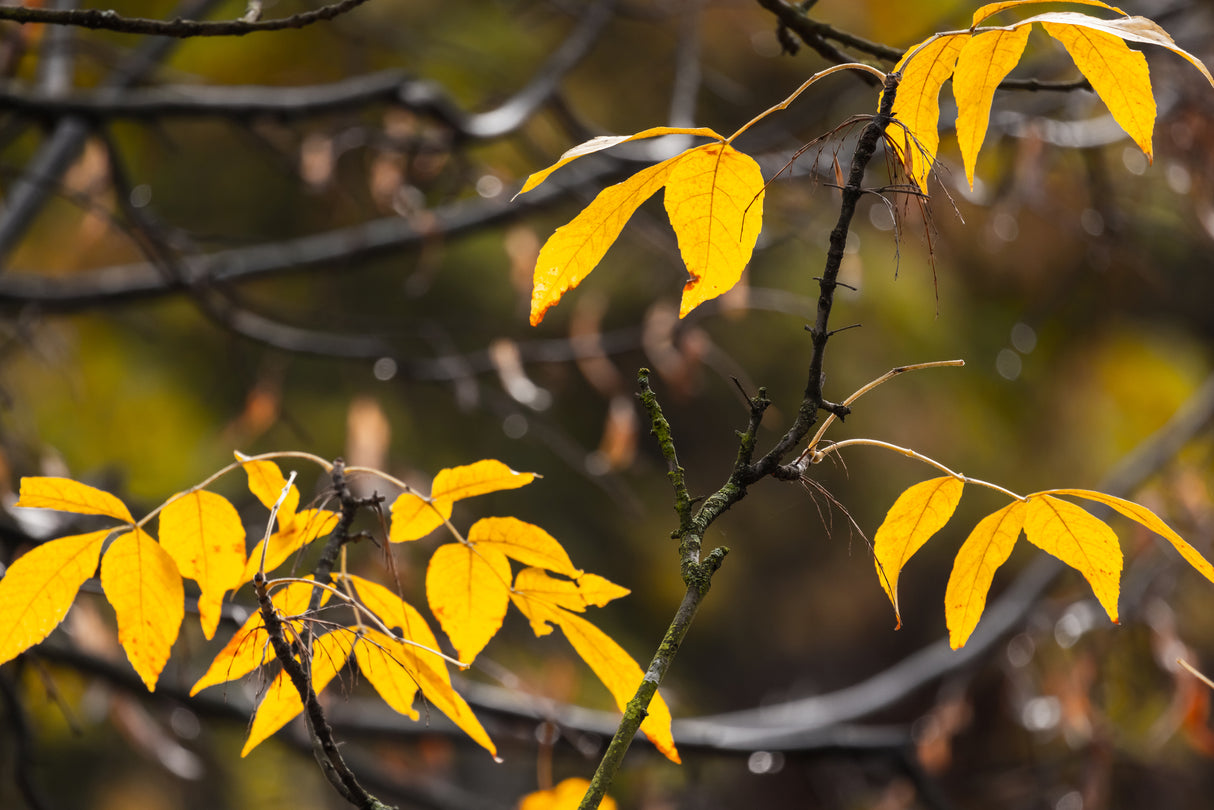Emmenosperma alphitonioides
The Emmenosperma alphitonioides, commonly known as Yellow Ash, is a beautiful Australian native tree admired for its upright growth, delicate foliage, and creamy-white fragrant flowers that bloom in spring and summer. This medium-sized deciduous to semi-evergreen tree grows to 10–20 meters tall, making it ideal for shade, street planting, or as a feature tree in larger gardens. Its smooth bark and attractive canopy add year-round interest to landscapes.
Resilient and low-maintenance, Yellow Ash thrives in a range of conditions, offering elegance and ecological value to tropical and subtropical gardens.
Specifications:
- Height: 10–20 meters
- Width: 6–10 meters
- Native to: Australia (rainforests of Queensland and New South Wales)
- Foliage: Fine, dark green leaves; semi-evergreen to deciduous
- Growth rate: Moderate to fast
Conditions:
- Soil: Prefers well-drained, fertile soils; tolerates sandy, loamy, and clay types
- Light: Full sun to partial shade
- Water: Moderate; drought-tolerant once established
- Climate: Thrives in tropical, subtropical, and warm temperate regions
Additional Features:
- Flowers: Clusters of small, creamy-white fragrant blooms in spring and summer
- Form: Upright, rounded canopy ideal for shade and visual interest
- Uses: Perfect for shade, street planting, or as a feature tree in large landscapes
- Spacing: Plant 6–10 meters apart for individual displays or group plantings
- Low Maintenance: Minimal pruning required; remove lower branches for a clear trunk if desired
- Pest Resistance: Generally pest-free and resilient
- Drought Tolerance: Performs well in low-water gardens once established
- Wildlife Attraction: Flowers attract bees and other pollinators
- Versatility: Complements native and contemporary garden styles
- Timber: Valued for its durable, pale yellow wood used in fine woodworking
The Yellow Ash is a hardy and elegant tree, perfect for adding shade, seasonal color, and a touch of native charm to larger gardens and landscapes.
The Benefits Of Buying An Advanced Tree
The Process Of Transplanting A Mature Tree
Identify the Tree's Root Zone
Identify the Tree's Root Zone
Before you begin, it's essential to identify the root zone or root ball of the tree. This is the area where the majority of the tree's feeder roots are located. It is typically estimated as 1 foot of root ball diameter for each inch of tree trunk diameter.
Prune the Roots
Prune the Roots
Root pruning should occur a few months before the actual move, ideally in the dormant season. This involves cutting a trench around the root zone to encourage the growth of new feeder roots, which will help the tree to establish itself in its new location.
Prepare the Tree
Prepare the Tree
Prior to digging, prune dead or excessive branches from the tree. This reduces the tree's overall mass, making it easier to handle, and decreases water loss post-transplant.
Dig Around the Root Ball
Dig Around the Root Ball
After determining the root ball's size, begin digging around it. Try to retain as much soil around the roots as possible. The depth should ideally get under the root system but be feasible for lifting.
Undercut the Root Ball
Undercut the Root Ball
Once you've dug around the periphery of the root ball, begin undercutting to sever the remaining roots beneath it.
Lift the Tree
Lift the Tree
With the root ball freed, carefully lift the tree out of the hole. For large trees, this will likely require machinery like a tree spade or crane. Always lift the tree by the root ball, not the trunk.
Prepare the Tree for Transport
Prepare the Tree for Transport
Once the tree is out of the ground, it's critical to protect the root ball to prevent damage. Wrap it in burlap and secure it with twine, wire or steel basket. This not only holds the root ball together but also helps retain moisture.
Water the Root Ball
Water the Root Ball
Prior to transportation, water the root ball thoroughly to ensure the roots stay moist.
Transporting the Tree
Transporting the Tree
Load the tree carefully onto a truck or trailer for transport. The tree should be securely positioned to avoid damage during transit. The tree should ideally be planted in its new location as soon as possible to minimize stress and increase its chance of survival.


